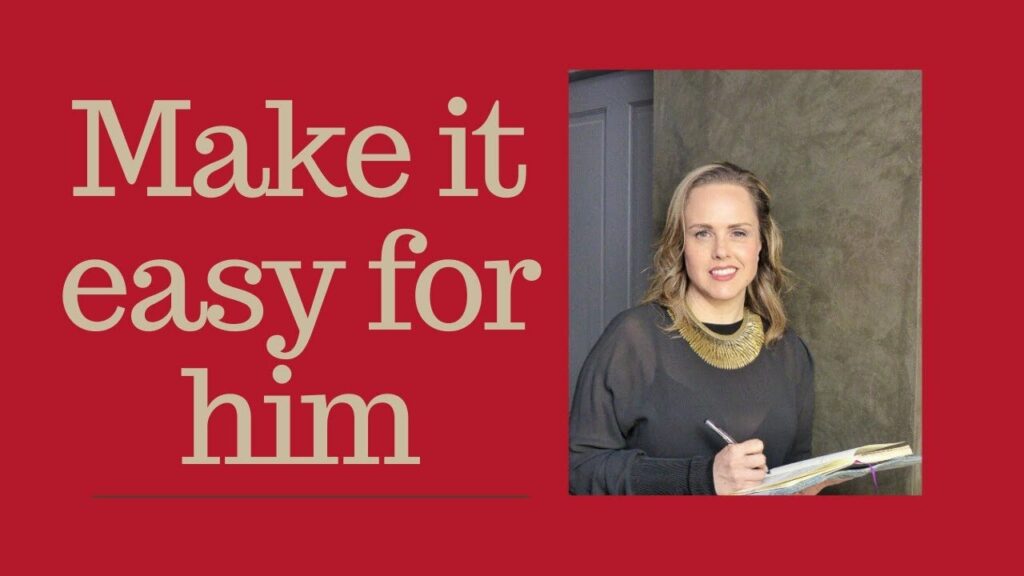One of the things I routinely do with my coaching clients is to help them create boundaries at work. This can be around the type of people they spend time with at work, what they need to delegate, protecting their own mental health, or their sense of self.
Contents
- Successful women create boundaries at work to protect their time
- The ‘push back’ can be used as a selling point
- Walking away, rather than start is a valid way to create boundaries at work
All are great reasons to create boundaries at work. If you need to create boundaries are work; there are three things to realise
1. Successful women create boundaries at work to protect their time
This is particularly true for successful women in law, one of the sectors in which I work. Given they become more of a minority group as they ascend the ladder, women are often stuck in the delivery mode that got them that far. They focus on people-pleasing everyone around them, and rarely leave space for themselves, something I noted in my book ‘Female Breadwinners’. Indeed, their coaching sessions are often the only place they can focus on themselves, away from demanding bosses, teammates, and family members.
To create boundaries at work give successful women the space they need in both the office, and at home, and taps into the authenticity they want others to see. Pushing back can be tough for anyone. However, it often shows you what others value the most, something I see with the consultancy work I do. I recently took on a big client who wanted me for work that I knew would take up the lion’s share of a year.
The potential consultancy client’s initial remit was to complete the project in 3 months. They were new to this type of consultancy, but I was not. I had to push back and create boundaries at work. In my pitch, I said: ‘I hear it’s important to do this work quickly. However, based on the little I do know, both about your organisational culture and how long these projects are in my experience, I suspect this will take longer. I can’t commit to 3 months until I’ve started talking to people and see what I find. I can do the work, but can’t commit to that turn-around.’
A little piece of me feared I could be turning away a huge piece of work. However, when I was asked back after my pitch, my honesty, my ‘push-back’, was indeed what they respected. My honesty and willingness to create boundaries at work around their time expectations was important to them. It indicated that I understood the complexity of what they were trying to undertake.
2. The ‘push back’ can be used as a selling point
Compared to the other vendors, I knew this was a ‘piece of string project’ – the length of which I wouldn’t know until I started pulling. We began working together, and I’ve had to push back several more times. I always gave them a sense of what I’m seeing. When I saw something new I thought was work exploring, I’d give plenty of notice and explanation. Together we’d decide if it was a ‘rabbit hole’ is worth exploring.
The work was exacting and critical, but I had to take time off at Christmas. Working through the holidays would have been easy to agree to, but I had to create boundaries at work.
The employees at this highly demanding organisation are often expected to work through the holidays. Indeed, one interviewee joked how she loved Xmas day, not for the festivities, but because it was ‘the single day each year she didn’t get calls’ from her clients. Her’s and everyone else’s grindstone started on the 26th.
It’s no surprise that stress and mental health is one of the key areas we are looking at within this non-diverse organisation. I understand the recommendations and reports I’ll submit are vital. But I also know they’ll get a better version of it after I’ve rested, re-energised, and had a chance to mull it all over.
For me, the time off was vital both for my mental health. But to create boundaries at work was also my attempt at modelling the behaviours they need to see more of in the organisation.
If this sounds familiar, try these questions to get people reflecting on what they really want when they ask for speed:
- ‘What makes this such a time-crunch project?’
- ‘What will taking just a bit more time allow?’
- ‘What risks do we avoid if we don’t rush?’
- ‘What’s the timetable this fits within and what must be done first?’
3. Walking away, rather than start is a valid way to create boundaries at work
Sometimes you will have to just walk away. The best time for this however is at the start, before you get drawn in. The project I did for this demanding client was fascinating and would stretch me in new areas. Indeed that was a real draw for me, as it is for many of the types of coaching clients I serve. However, I also knew I didn’t want to promise something I couldn’t deliver.
In this case, they respected that, and we were able to negotiate. However, I was also prepared to leave the work and walk away before I got started. This would enable me to show both my value and my priorities – one of which was giving them an actionable piece of work, and one that they would feel was worth the wait.
If this is where you are, you can try:
- I wish I could help, but I just don’t have the bandwidth.
- It’s a fantastic challenge for the right person, but unfortunately, I’m not that person.
- This is too important to rush, so if that’s the priority, unfortunately, I can’t help.
Read Further
Building Bridges: Dialogue Strategies for Women in STEM
At one of the final sessions of my Peak Resilience Accelerator programme for women in…
Culture Review in Professional Membership Organisation
Problem: An established professional organisation of nearly 500 members sought to improve their culture. All…
Empowering Resilience: Breaking Free from the Victim Mentality
In my Peak Resilience Accelerator programme, we are working with Positive Intelligence® to uncover our ‘gremlins.’ Find…
Breaking Hierarchical Barriers and Shifting Mindsets for Women Leaders
In the Peak Resilience Accelerator programme, we talk a lot about ‘judges.’ Those voices every…







































